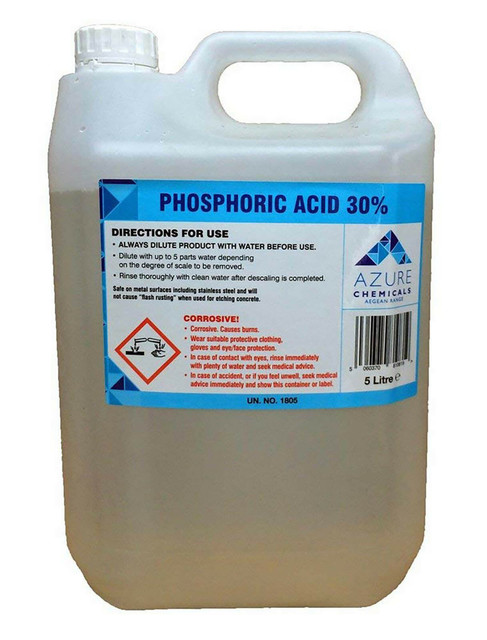Read a "how to" on rust treatment on another site and it recommended using a metal prep (phosphoric acid) on rusted parts. You can buy this at Home Depot for $17.99.
I bought this product (and rubber gloves) and dumped the entire gallon undiluted into a five gallon pail. I lightly brushed the surface with a wire brush, dumped the parts into the bucket and walked away. Came back in 30 minutes and OMG, the parts looked like they had been media blasted! I had a second pail with water and baking soda to neutralize the acid. I rinsed the acid bathed parts in the second pail and dryed. Below are a few before and after.
I'm going to try this process on rusty brake parts and nuts and bolts. Wish I had known about this magic juice years ago!
P.S. I used Self Etching primer on the post acid bath parts. The acid will strip to bare metal and the parts will flash rust fairly quickly (couple of hours).
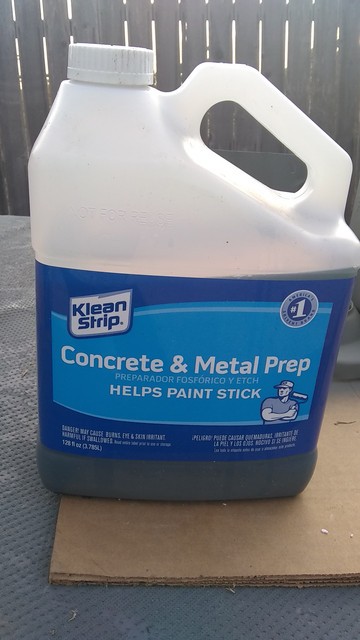
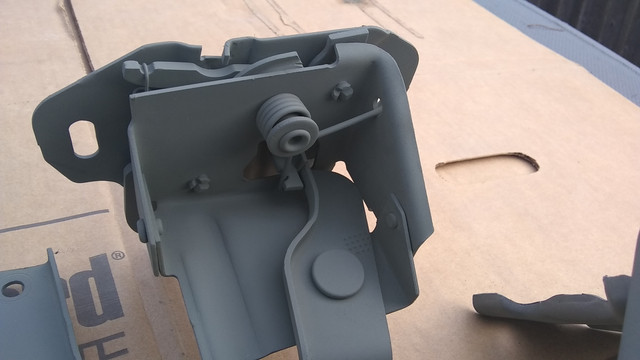

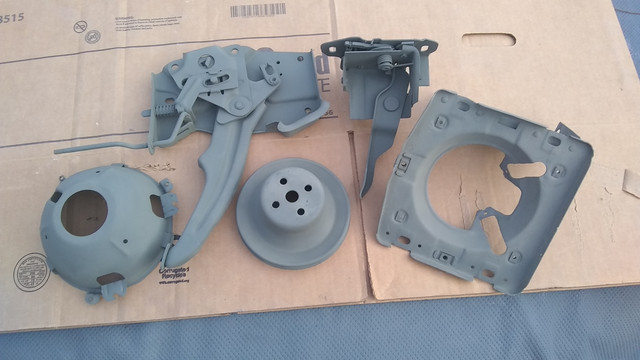
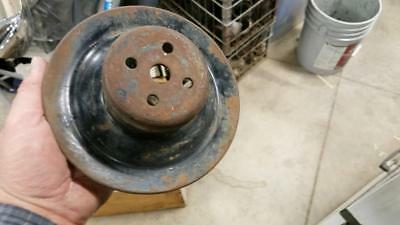
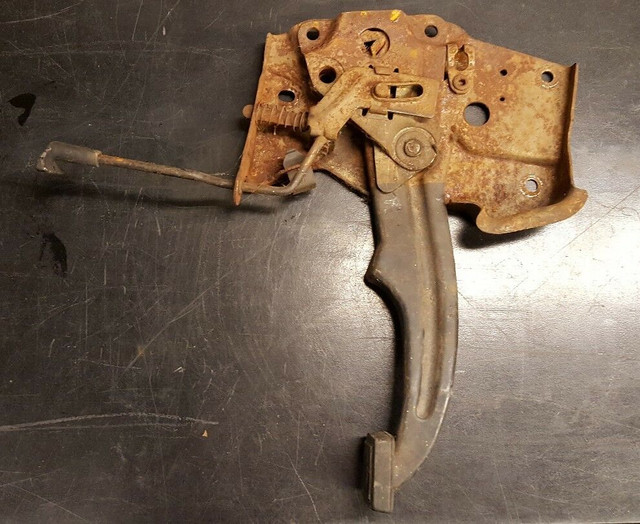
I bought this product (and rubber gloves) and dumped the entire gallon undiluted into a five gallon pail. I lightly brushed the surface with a wire brush, dumped the parts into the bucket and walked away. Came back in 30 minutes and OMG, the parts looked like they had been media blasted! I had a second pail with water and baking soda to neutralize the acid. I rinsed the acid bathed parts in the second pail and dryed. Below are a few before and after.
I'm going to try this process on rusty brake parts and nuts and bolts. Wish I had known about this magic juice years ago!
P.S. I used Self Etching primer on the post acid bath parts. The acid will strip to bare metal and the parts will flash rust fairly quickly (couple of hours).






Last edited by a moderator:





















































